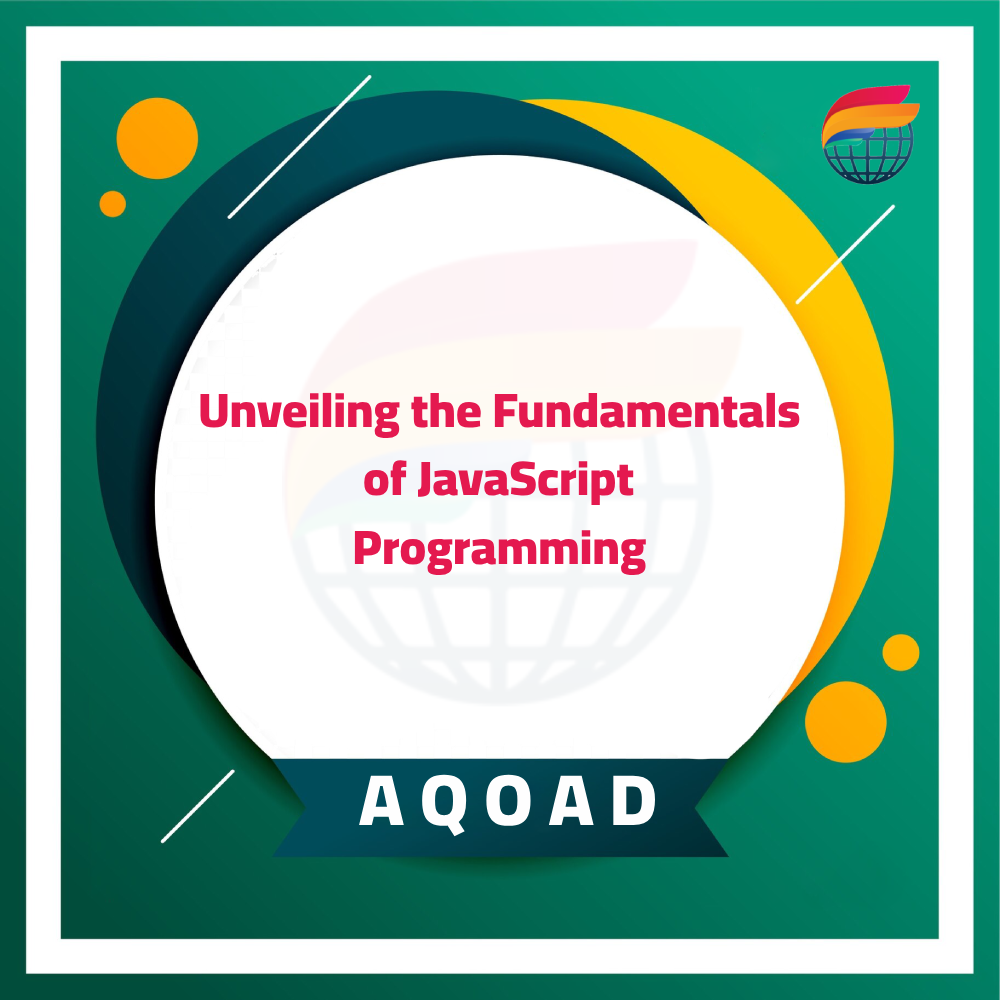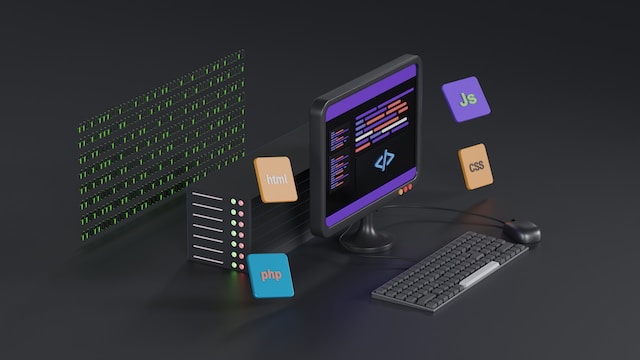Unveiling the Fundamentals of JavaScript Programming
about 1 year ago

. . .
1. The Birth of JavaScript
- A brief history of JavaScript and its role in web development.
- How JavaScript complements HTML and CSS.
2. Setting Up Your JavaScript Environment
- Choosing a code editor like Visual Studio Code.
- Integrating JavaScript into HTML files.
3. Variables and Data Types
- Understanding variables and their role.
- Exploring JavaScript data types: strings, numbers, booleans, and more.
4. Operators and Expressions
- Arithmetic, assignment, and comparison operators.
- Writing expressive and concise expressions.
5. Control Flow: Conditionals and Loops
- Using if statements for decision-making.
- The power of loops: for, while, and do-while.
6. Functions: The Building Blocks of JavaScript
- Defining and invoking functions.
- Parameters, return values, and the scope of variables.
7. Arrays: Handling Collections of Data
- Creating arrays and accessing elements.
- Array methods for manipulation and iteration.
8. Object-Oriented JavaScript:
- Understanding objects and their properties.
- Working with methods and prototypes.
9. Asynchronous JavaScript
- An introduction to callbacks and the callback hell.
- Promises and the concept of async/await.
10. Working with the Document Object Model (DOM)
- Interacting with HTML elements using JavaScript.
- Manipulating the DOM for dynamic web pages.
Conclusion
Mastering the fundamentals of JavaScript is pivotal for anyone venturing into the realm of web development. This guide has laid the groundwork for your journey, providing insights into variables, control flow, functions, and more. As you continue your JavaScript adventure, remember that practice is key. Happy coding!
And if you want to know more about the meaning of arrays in JavaScript and how to deal with them?
Similar articles

I Bet You Don’t Use These JavaScript Tricks and Practices
Flat Map in javascript is a great technique which you can learn here. Flat map essentially conbines techniques of map and filter Array method into one. I will suggest you to use flatMap() over combination of filter() and map().

Artificial Intelligence Techniques and Their Applications in Programming
Artificial Intelligence (AI) is an advanced field of computer science that aims to create systems capable of performing tasks similar to human intelligence. Among the domains that have greatly benefited from advances in AI is the field of programming.

User Experience Strategies for Designing User-Friendly Applications
Creating user-friendly applications is essential for ensuring a positive user experience and driving user engagement. User experience (UX) strategies play a crucial role in designing applications that are intuitive, efficient, and enjoyable to use. In this article, we will explore effective UX strategies for designing user-friendly applications.

Developing Web Applications: From Basics to Best Practices
Developing web applications is a vital and evolving field in the realm of information technology. Web application development enables the creation of interactive and customizable experiences over the web, making it a fundamental tool for modern businesses. In this article, we will cover the basics and explore best practices in web application development.

How to choose the right programming language for your project
Choosing the right programming language for your project is a crucial decision that can greatly impact its success and efficiency. Here is an article explaining how to choose the appropriate programming language for your project: